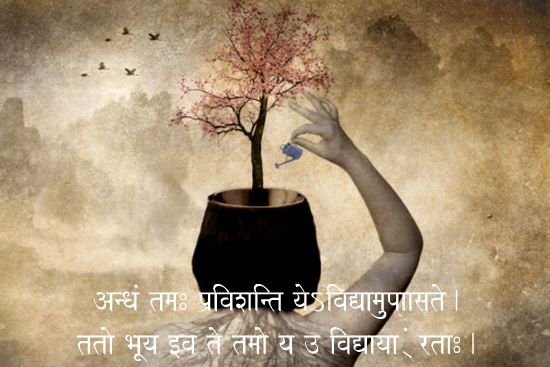The Third Buddhist council was convened in about 250 BCE at Asokarama in Pataliputra, supposedly under the patronage of Emperor Asoka, a grave question mark hangs over this though as Asoka never mentioned it in his edicts, which one might have expected if he had called the council.
The traditional reason for convening the Third Buddhist Council is reported to have been to rid the Sangha of corruption and bogus monks who held heretical views. It was presided over by the Elder Moggaliputta Tissa and one thousand monks participated in the Council. The council is recognized and known to both the Theravada and Mahayana schools, though its importance is central only to the Theravada school. Tradition has it that Asoka had won his throne through shedding the blood of all his father’s sons except his own brother, Tissa Kumara, who eventually got ordained and achieved Arahantship.
The purpose of this council meeting was not only to purge the Sangha of undesirable elements but also to take a view on the proselytisation of Buddhism in view of the strong challenge faced from the Brahmins of Hindu religion. Moggaliputta presided over the Council meeting where it was decided to send nine delegations to different regions to spread Buddhism.[4]
King Ashoka then sent out missionaries in nine different directions. The delegation that was sent south to Sri Lanka, at the request of Tissa, was led by Ashoka’s son Mahendra. Before taking the long journey, Mahendra sought blessings of his mother. The delegation (considered a diplomatic mission) comprised six other Arhats, namely Ittiya, Uttiya, Sambala, Bhaddasala, young Samanera (nephew of Mahendra) and a Bhanduka (also a cousin of Mahendra). All members of the mission belonged to the royal family, indicating the importance Ashoka attached to spreading Buddhism in Sri Lanka.
This was also considered an opportune moment to spread Buddhism in Sri Lanka since Buddha himself had created awareness of his philosophy and precepts of Buddhism among the royalty and the common people during his three visits to Sri Lanka undertaken in the eight years following his enlightenment. Buddha, during his lifetime, had also created a social structure for the practice of Dhammavinaya or Dhamma (in Sanskrit: Dharma), which comprised the Sangha – order of bhikkhus (monks) and bhikkunis (nuns) to preserve his teachings for posterity. However, it was only King Tissa, realising the poor status of the religion in his country, desired fresh efforts by a delegation from India.
Mahendra arrived with his delegation at Anuradhapura where King Tissa, accompanied by his sister-in-law (brother’s wife) Princess Anula with her entourage of 500 women, met him at the Mahamegha Garden. The Mahendra mission was very successful in introducing Buddhism to Sri Lanka. He established the Bhikkhu Order for men. However, thousands of women, starting with Anula, who had converted to Buddhism along with the King Tissa, wished to be ordained into the Bhikkuni Order. Thera Mahindra expressed his inability to do so since this ordination had to be performed by a priestess or a Theri Arahat. He therefore advised the King to write to Emperor Ashoka and seek the services of his younger sister Theri Sangamitta, who was “profoundly learned”, to be deputed to Sri Lanka for the purpose. He also desired that a sapling of the right branch of the Bodhi-Tree (where the Tathagata got his enlightenment) from Bodh Gaya should also be brought by her to Sri Lanka. King Tissa then chose his Minister Prince Arittha (his nephew) for the purpose since the minister had volunteered to go to India on the condition that on his return he would also be ordained into the Bhikkhu Sasana by Thera Mahindra. This was agreed.
